After having told you the story of some of the most interesting disappeared Italian manufacturers, equipped with models that have marked the automotive history of this country, today we will tell you the story of ato a very small ambitious house, which was less successful than it deserved. Welcome to Auto for Dummies, the Techprincess column that tells you about the car world, and today we will talk about Cizeta, a small Modenese house born between the 80s and 90s from a very strange collaboration between the founder Claudio Zampolli and the celebrated composer and producer Giorgio Moroder. Its only model? A supercar with a 16 (sixteen) cylinders, the V16T. Aren’t you understanding us much? We are here on purpose: ready to meet one of the most absurd Supercars of the last 30 years?
The birth of Cizeta-Moroder, among dissatisfied workers, ex-Lamborghini employees and … the passionate Moroder
Let’s start immediately from the genesis of this crazy car experience. We are in the Italy of the 80s, and this should already make you understand a lot of this story. A happy time, where everything seems possible and it is enough just to desire something to get it. The 1980s in Italy are a period full of hope and also of easy financing, where a dream can really become reality. Right in the late 1980s, Horacio Pagani he begins to set up his own company, which today 30 years later is the legendary Pagani Automobili.
In such a bright period for the Italian economy, there is also and above all space for the dreams of those who feel oppressed by their work as an employee, and want to change their life. And this is precisely the case with Claudio Zampolli, the founder of CiZeta, which in fact bears the initials of his name. We are in 1988. Zampolli, a Modenese engineer born in 1939, was at the time Lamborghini employee. After working in Lamborghini for several years, participating in the development of the Miura, Zampolli moved to California, where he put on a network of Lamborghini dealers and service centers.
Right in the California of Beverly Hills, Los Angeles and the stars in love with Lamborghini, Zampolli began to feel the job of Lamborghini employee tight. He began to dream of setting up his own business, of creating a car with his own name, taking advantage of a network of former Lamborghini employees known in his years of working for the Bull. Zampolli was thus convinced Marcello Gandini, designer of all the Lamborghinis up to the Countach, to create the lines of his car. He also thought of the engine, as crazy as the project, but one fundamental thing was missing: a partner and financier.
Zampolli thus began to spread the word among his wealthy Hollywood clients, convincing one, Italian like him: Giorgio Moroder. Just that Moroder, “I’m Giovanni Giorgio, but everybody calls me Giorgio”, the famous composer and radio producer. For those unfamiliar with him, Moroder is winner of three Academy Awards, one for Best Score with Midnight Escape in 1979 and two for Best Song with Flashdance… What a Feeling! in 1984 and Take My Breath Away from Top Gun in 1987. The South Tyrolean musician was great Lamborghini enthusiast, and met Zampolli for the maintenance of his Countach. Zampolli managed to convince Moroder to invest in the project, as well in 1988 CiZeta-Moroder was born.
The V16T project: 16 cylinders, luxurious interiors and 560 HP! And lines from true Diablo …
Thus began the projects for the first CiZeta-Moroder car, with the company settling in Modena, in the middle of the Motor Valley. Claudio Zampolli, for his first work, did not want to leave anything to chance. The car had to have aout of the ordinary aesthetics, an exaggerated engine and interiors worthy of the best luxury cars of the moment. As for the style, Zampolli went without fail signing Marcello Gandini.
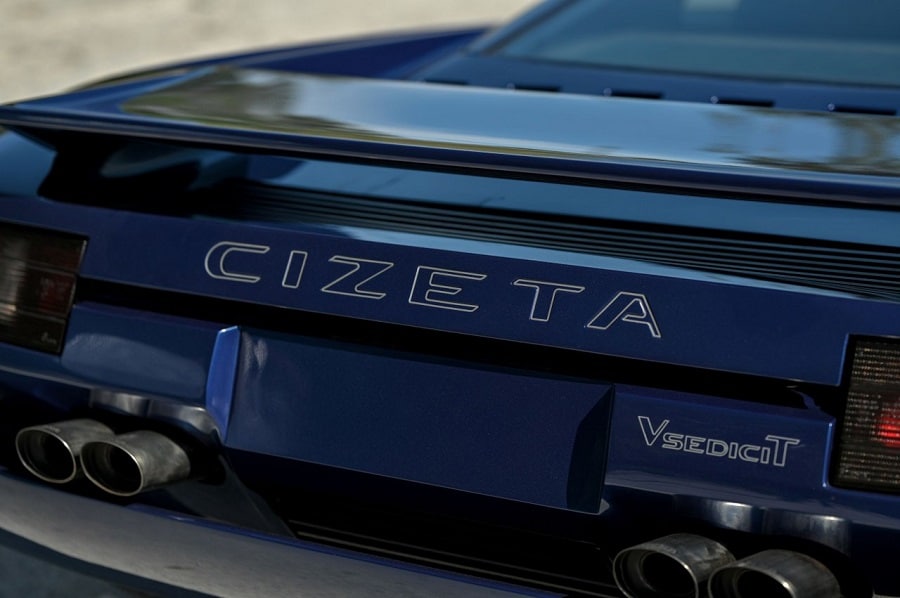
The Piedmontese designer, of whom we have already spoken several times in this column, was one of the most coveted designers at the time, but he had gone to contrast with Lamborghini just a year earlier, in 1987. In fact, in that year the House of Sant’Agata Bolognese was acquired by the Chrysler, who took over the plans for the replacement of the antiquated Countach, the Diablo. With the style again entrusted to Marcello Gandini, the Bertone designer decided to create a car even more extreme than the already flashy Countach. The new Chrysler executives, however, decided the car needed to be a little less extreme. Thus they took Gandini’s project, and it refined in their Detroit Style Center, creating Diablo in 1991.
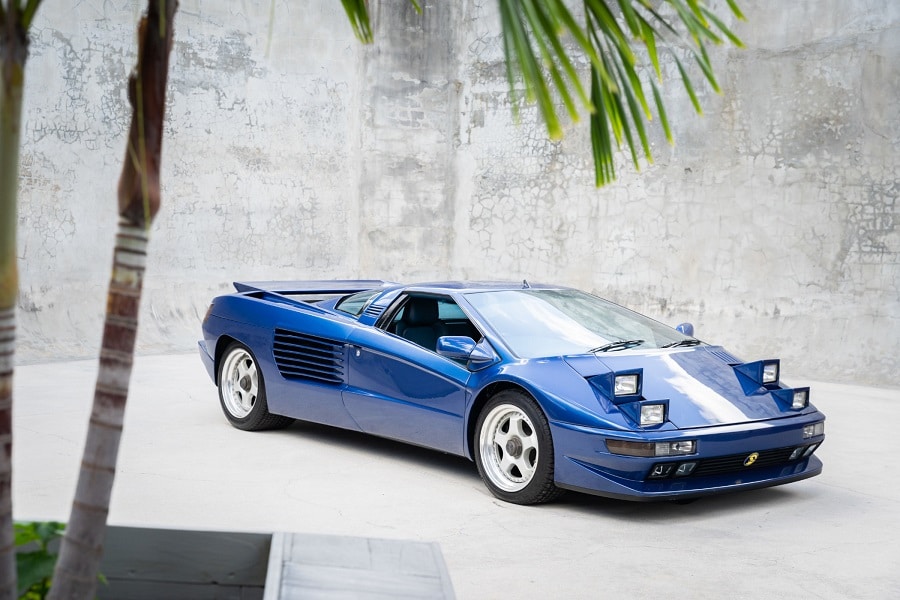
Gandini then, annoyed, proposed his original design to CiZeta, who accepted iton degree. In fact, many think that it is the CiZeta V16T (this is its name) to have copied the Lamborghini Diablo, while in reality the supercar of Zampolli and Moroder was designed and presented earlier, at the end of 1988. And the aesthetics are definitely crazier. Very pointed front, equipped with four single retractable headlights, a look that still makes it unmistakable today. The chassis, under Gandini’s bodywork, was tubular with elliptical tubes in chrome-molybdenum, and thepassenger compartment he was very advanced, almost perched on the front wheels. Inside of, first quality briar and leathers they fought the space with components derived from FIAT, such as the vents and the automatic climate derived from the Lancia Thema. But everything was handcrafted, handmade.
The crazy engine of the CiZeta V16T: 16-cylinder transverse, 540 hp and almost 330 km / h
But why was the cockpit so advanced? The reason was simple: it had to leave as much space as possible for the engine, the craziest part of an already crazy project. Zampolli, in fact, decided to combine two Lamborghini Urraco-derived 3.0 V8s, creating a 6.0 V16. Yes, you got it right, sixteen cylinders. In addition, as the letter T in the name indicates, the engine was positioned transversely, thus taking up a lot of space in length but also in width. Not for nothing, the V16T is over 2 meters wide without the mirrors, and the portion reserved for the engine in the front view appears several cm on the sides of the passenger compartment.
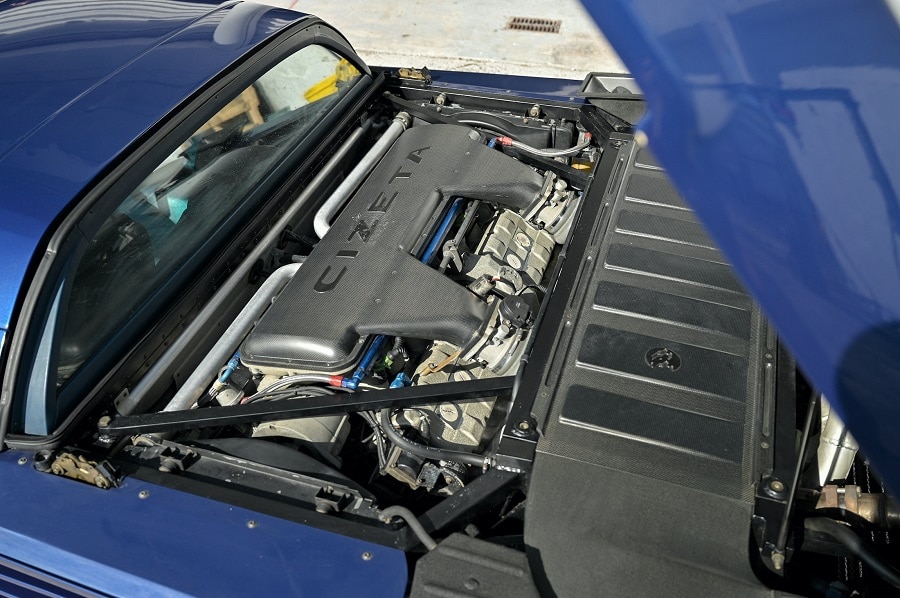
The two Urraco engines are then enhanced with respect to the originals, the gearbox is a 5-speed manual and the traction and obviously, rear. The performance of this incredible V16 is insane: 540 hp, and 537 Nm of torque, numbers that for the early 90s were crazy. Do you think that the most extreme Ferrari of the time, the Ferrari F40, came to “Only” 478 HP. To handle all this power, the suspensions they are rather researched, with a system to double quadrilateral both in front and behind, the brakes measure a whopping 332 mm on all four wheels and rear tires have a tread from 335 mm: enormous.
All these precautions plus the luxurious interior and the huge V16 behind the cockpit do not make it a light car on the contrary: with its 1,700 kg it is among the heaviest supercars of the time. But with all that power, in the end, weight matters little. Thanks to the huge rear tires, the CiZeta-Moroder V16T covers 0-100 km / h in less than 4 seconds, crazy times for the time, and can reach the 329 km/h. Data still crazy, but 30 years ago they made heads spin. If you are curious to see the reality of the Cizeta of those years and chew your English, here you will find a 1989 TV program who interviews Zampolli and shows the car in different stages of assembly and testing.
After heavy losses, Moroder left Cizeta, but in 1991 the V16T was born anyway
Despite being a very small company, Moroder’s involvement and the project are nothing short of insane it attracts the attention of the media, onlookers and potential buyers. However, just as the 90s brought an enthusiastic and enterprising Italy back to Earth, at the beginning of the new decade the same fate befell the CiZeta-Moroder. Building a car manufacturer from scratch wasn’t as simple as it seemed, and debts began to pile up.
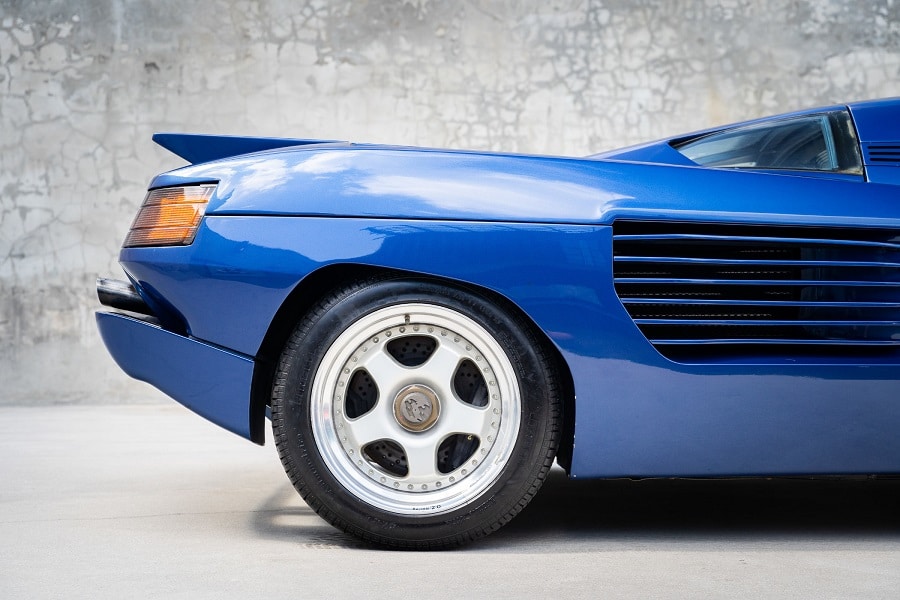
The prototype of the CiZeta V16T, pearly white, came presented at the Century Plaza Hotel in Beverly Hills in 1988, with the CiZeta-Moroder logo on the front. That prototype came made by only three people in Modena: Giancarlo Guerra, Ernesto Barbolini and Luca Schiavi, three specialists in the construction of sports cars. After that presentation, where there were several declarations of interest, the debts began to pile up. Giorgio Moroder, gradually falling out of love with the project and smelling the smell of a possible failure, left the company in 1990, and CiZeta-Moroder was definitively renamed Cizeta Automobili. Moroder, however, before leaving the Cizeta, also made one song dedicated to the car, played precisely at its presentation in 1988. Despite the abandonment of the project by the South Tyrolean composer, Claudio Zampolli continued with the project, however launching his V16T, now renamed only Cizeta.
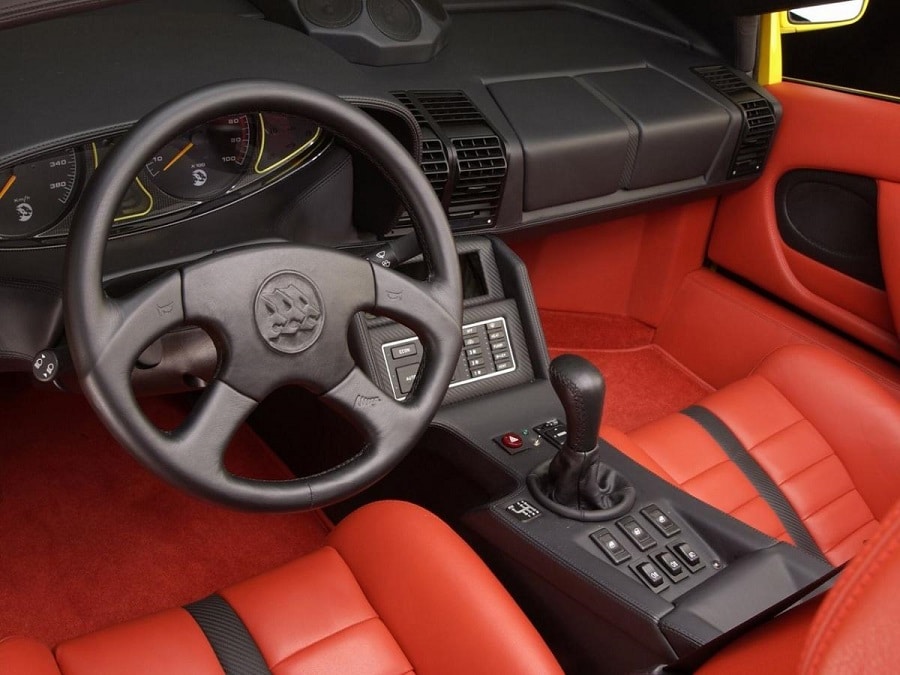
Deprived of its main investor, Cizeta continued to go its own way convinced of its own means. The car was fast, extreme, unmistakable and with a refined technique never seen before, but it was not without flaws. The handicraft production of the car, on the one hand a source of pride and pride for the House, had some gaps. I components of FIAT / Lancia origin were not of first quality, and were out of tune with skins and roots of absolute level. In addition, assembly times for a Cizeta V16T were extremely slow. The company had in mind to produce 1 car a month, but the reality was very different. In fact, Cizeta built only 12 units between 1991 and 1995, including the white prototype from 1988.
The real stumbling block, however, was the price. A Cizeta V16T cost indeed 550,000 dollars in America, or the equivalent of one million dollars considering inflation. A really crazy price, which made it attractive only to billionaires and true supporters of this project. In fact, Cizeta delivered to customers only 10 V16Ts. The prototype and the last model from 1995 must be excluded from the total count of 12. This, in fact, was completed after the bankruptcy of the company, dated 1994.
Cizeta today: produced (on paper) in the USA until 2018, this year it lost its founder
After the bankruptcy, Cizeta moved permanently to California, where Zampolli he assembled two more copies, one in the 1999 and one in 2003. The latter was made at the request of a Japanese company and is the only V16T Spider produced. Renamed Cizeta Fenice …






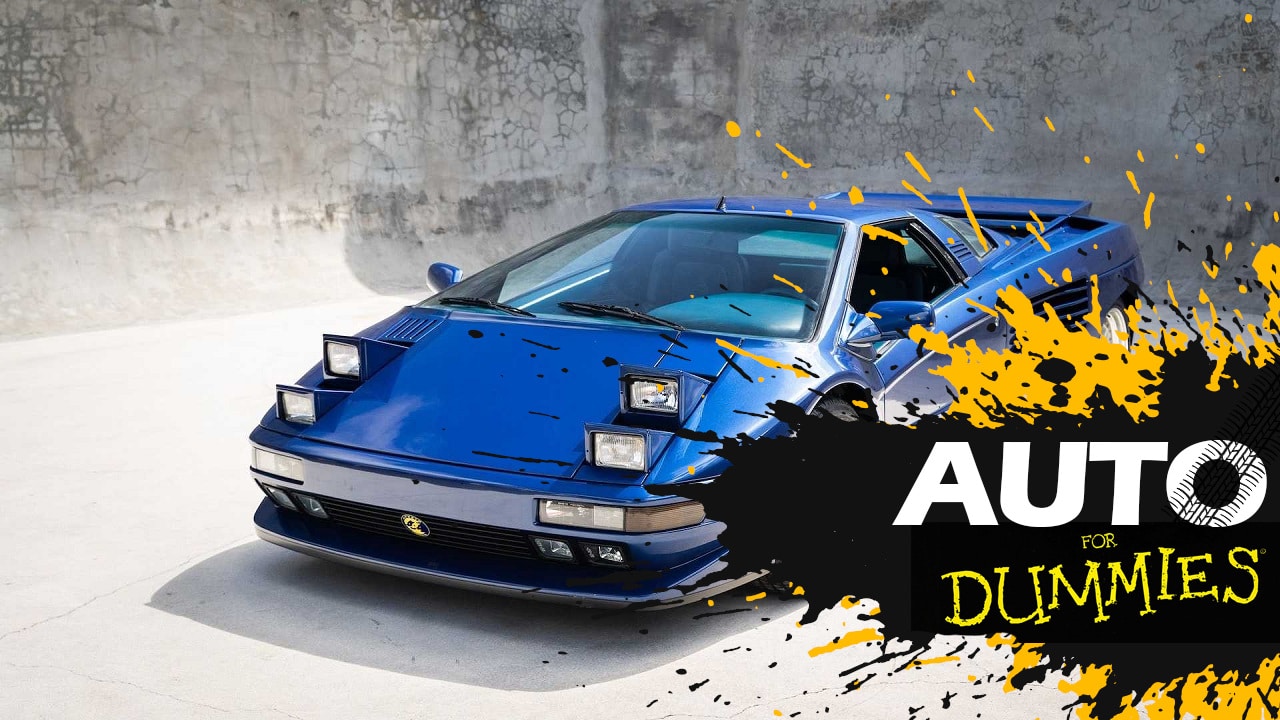

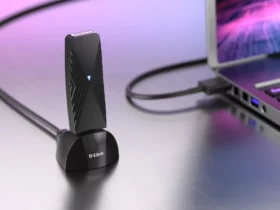

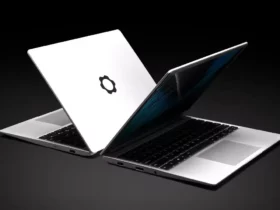


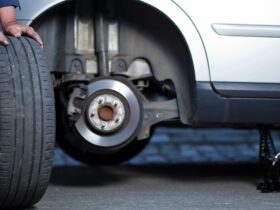
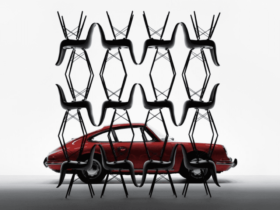

Leave a Reply
View Comments